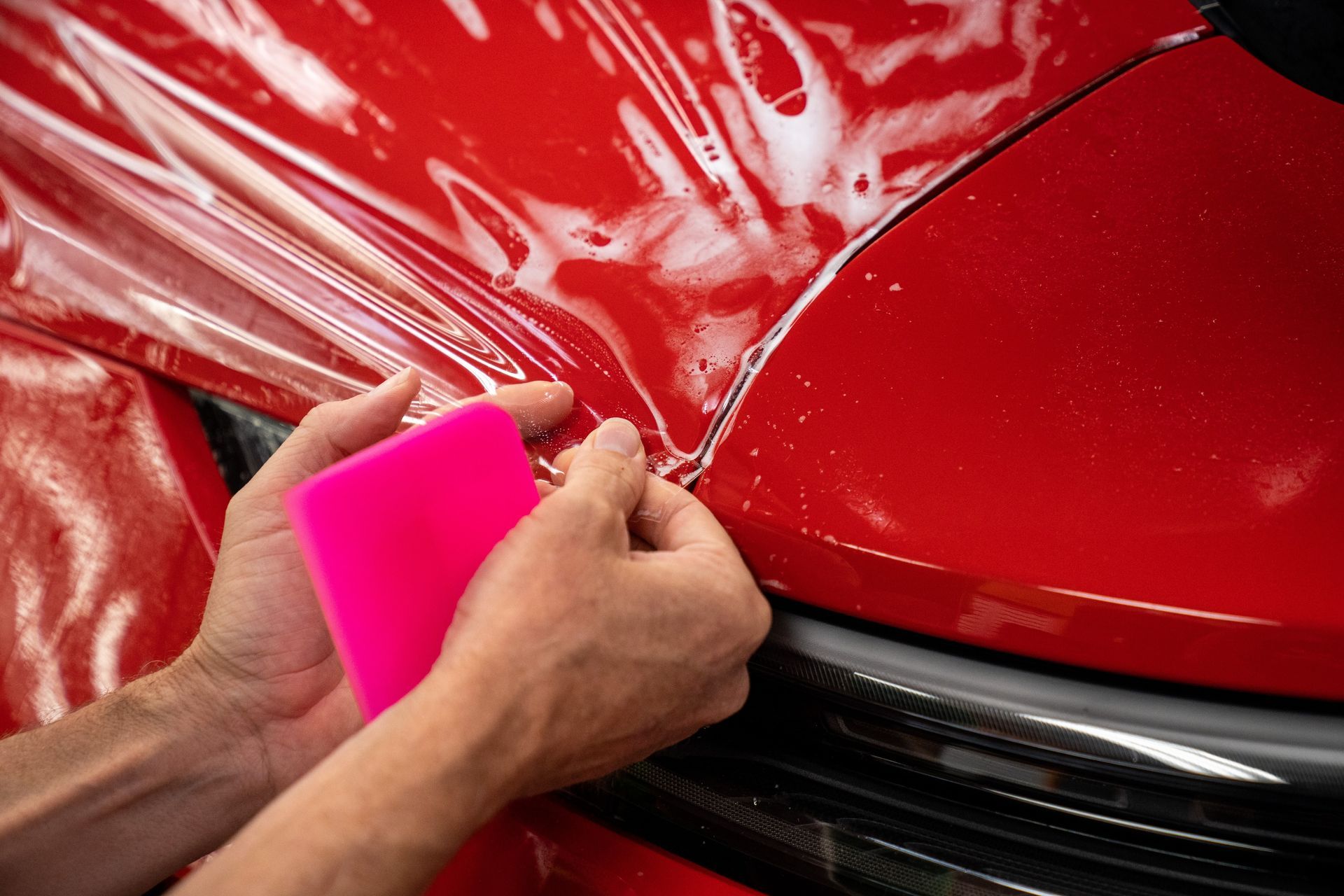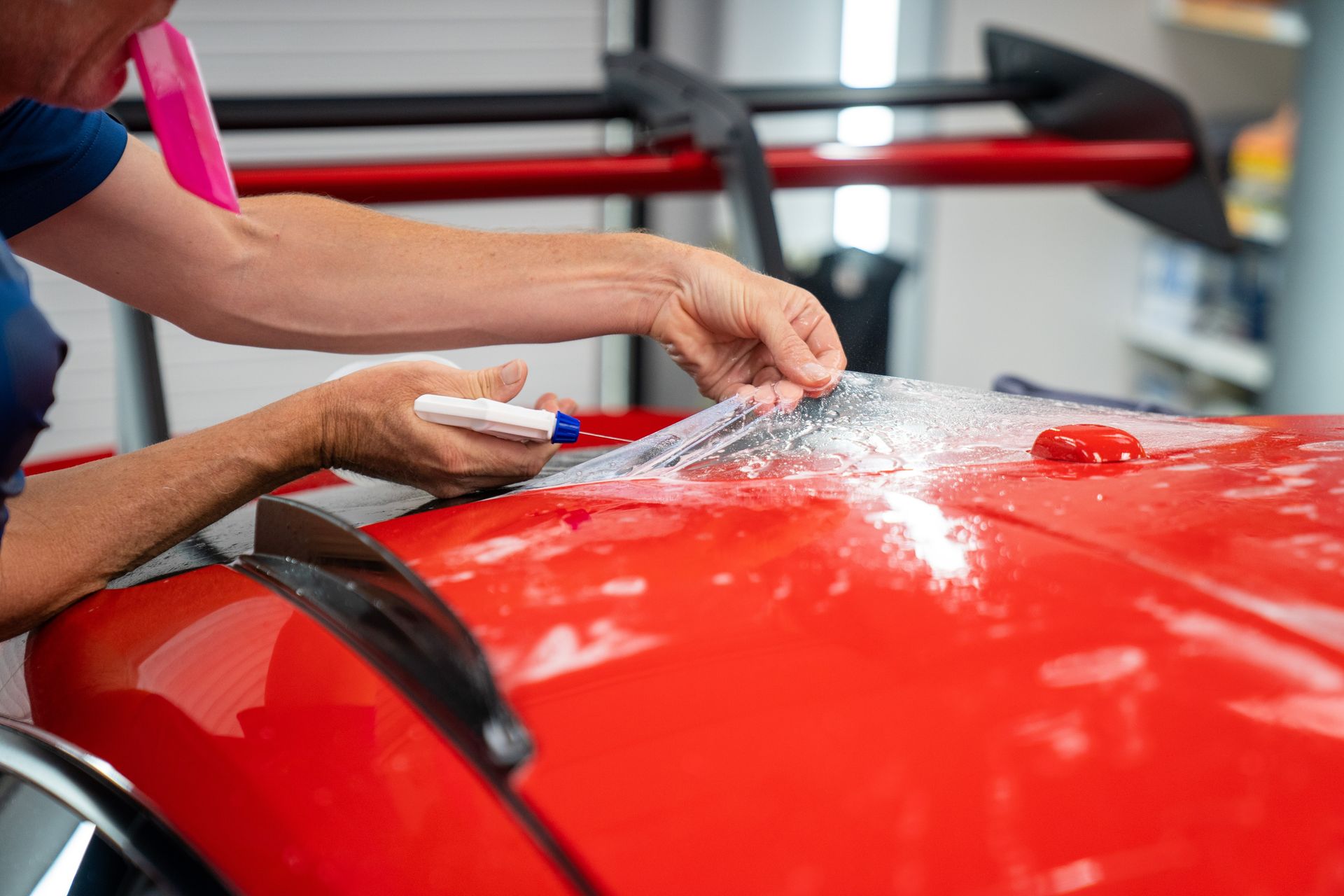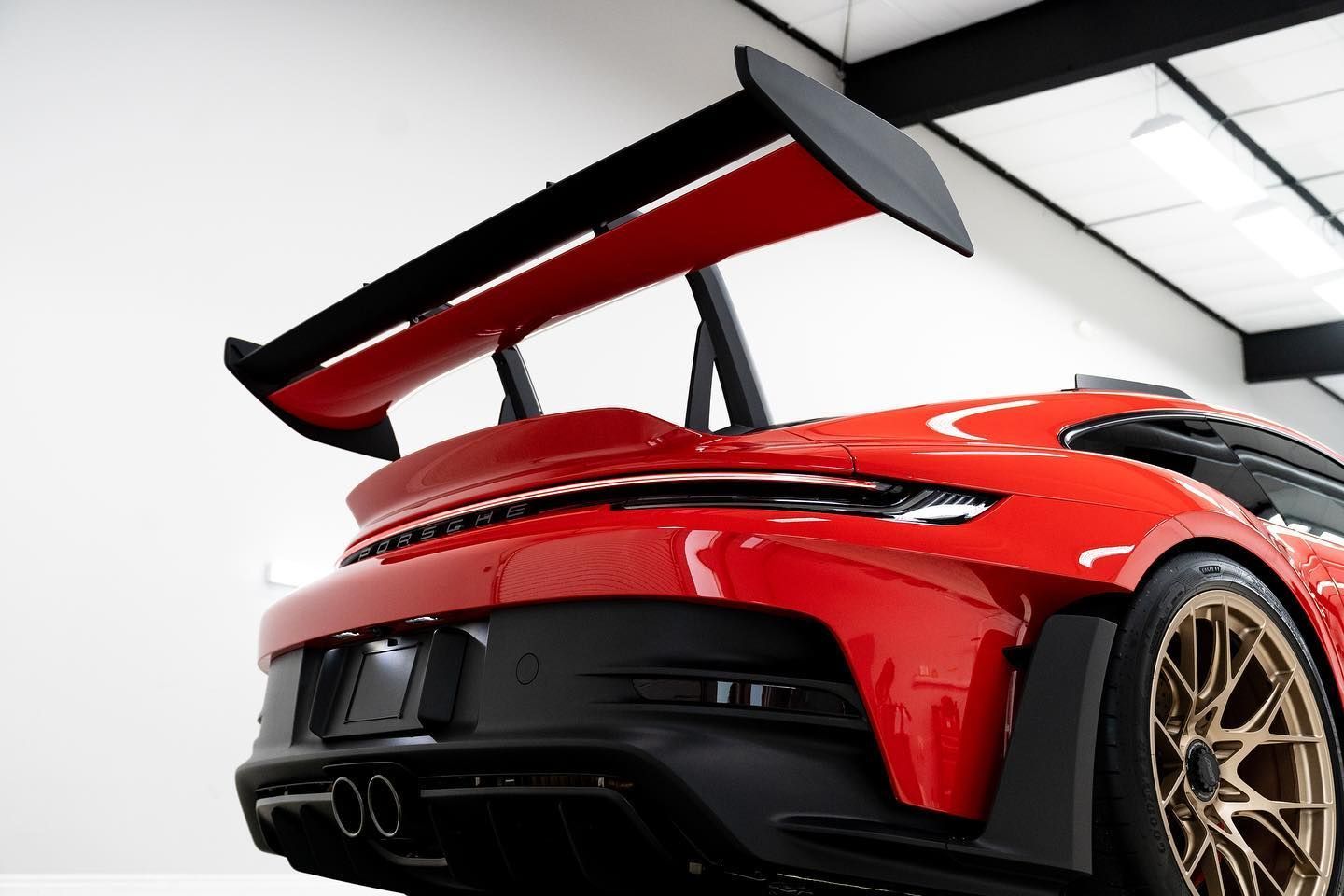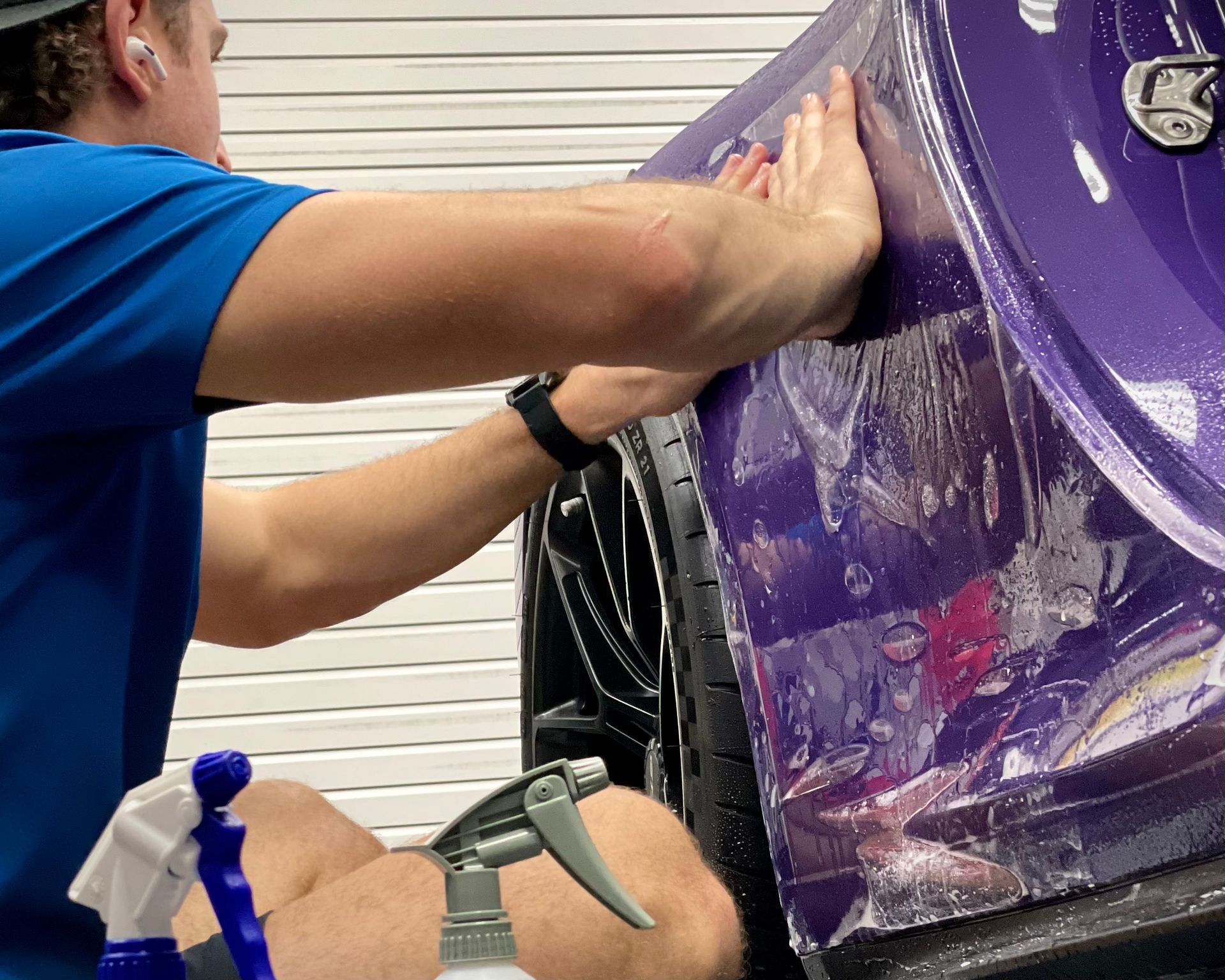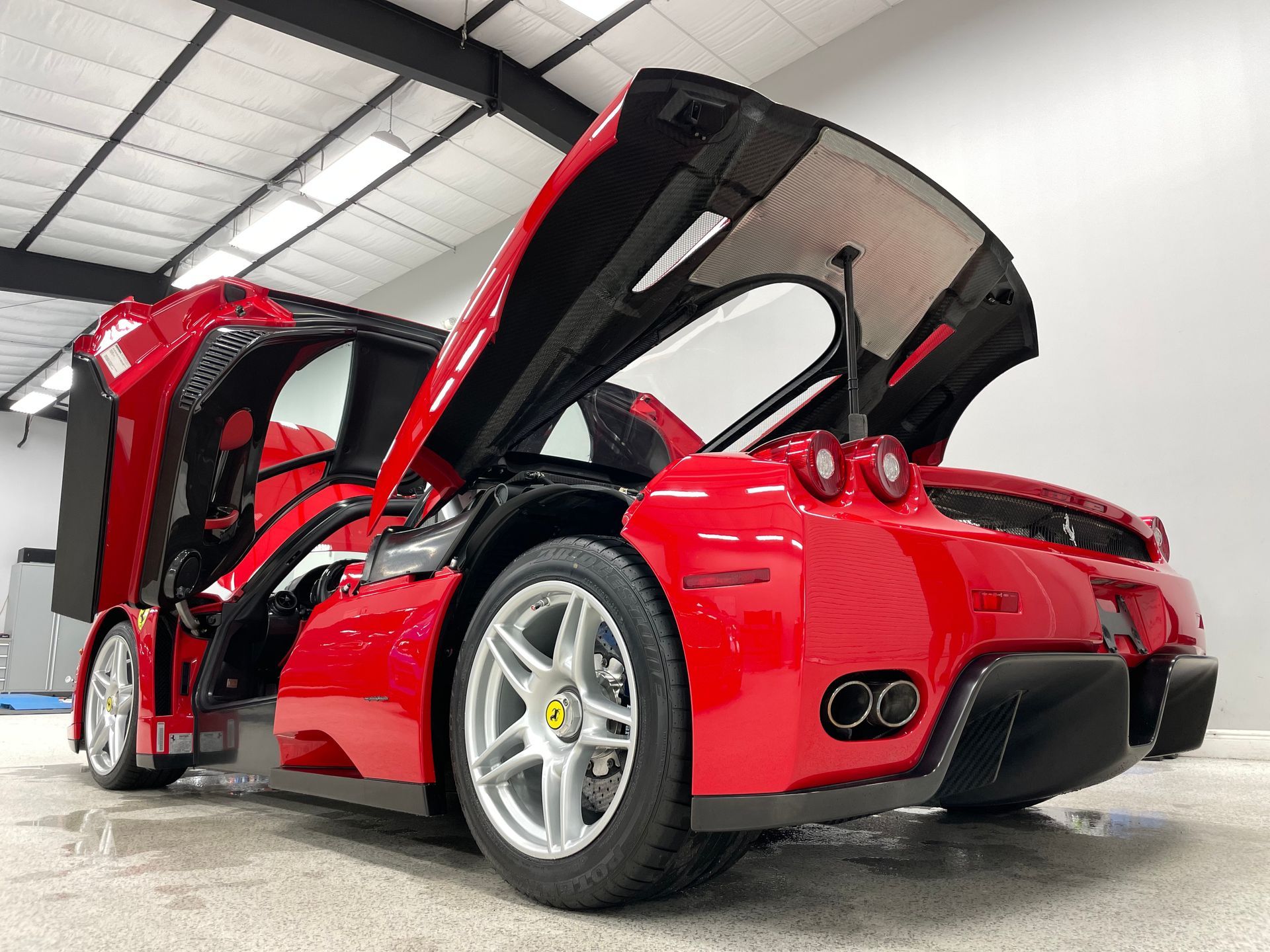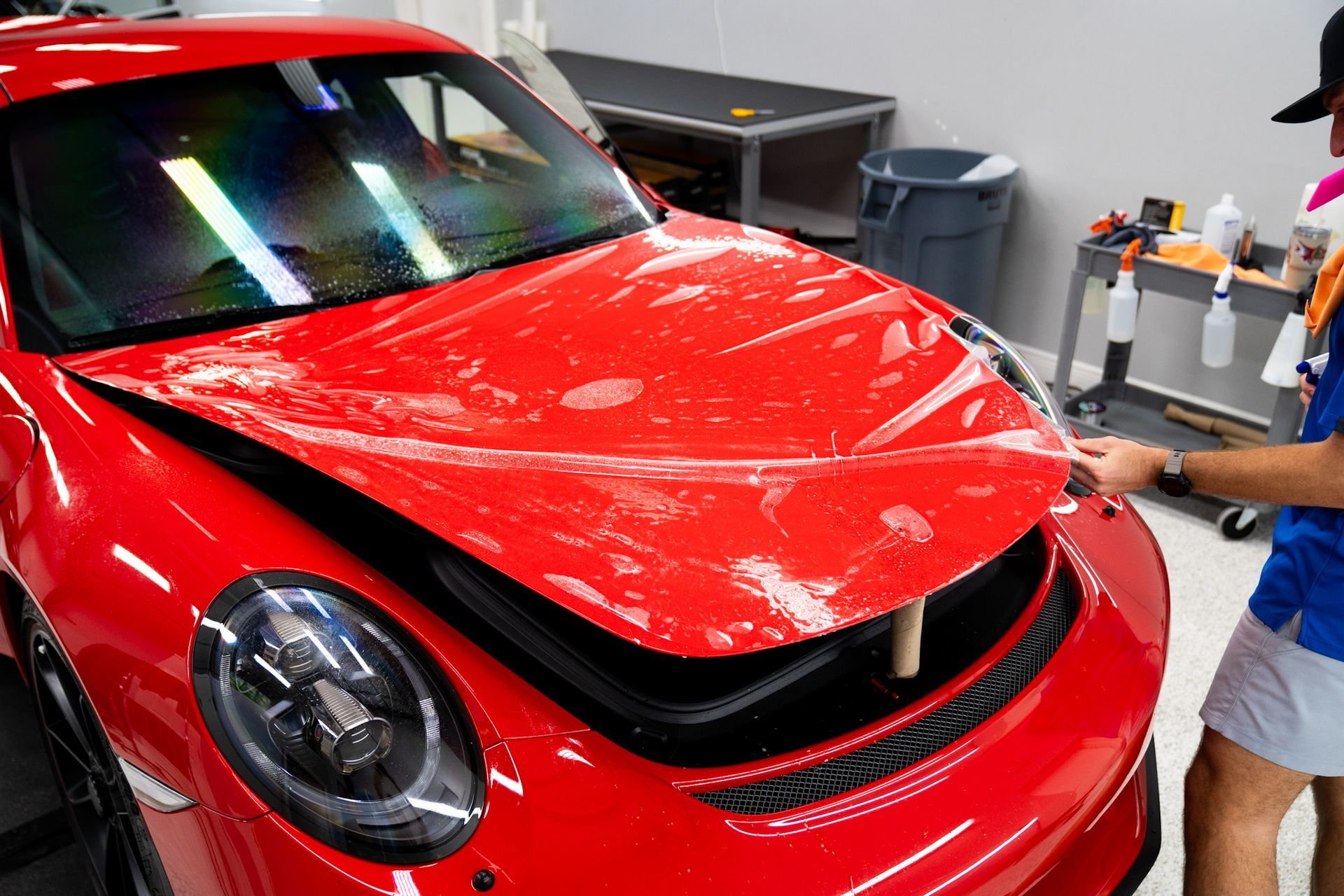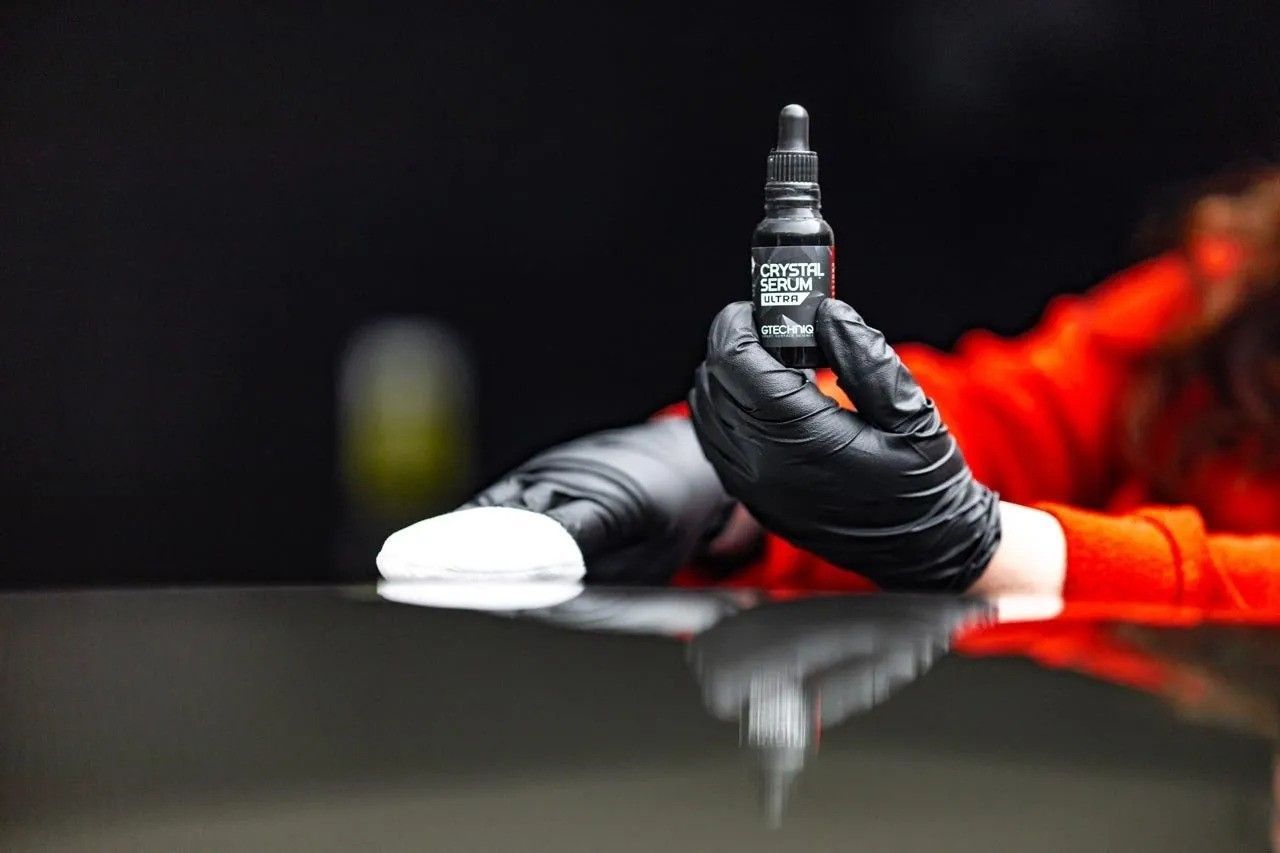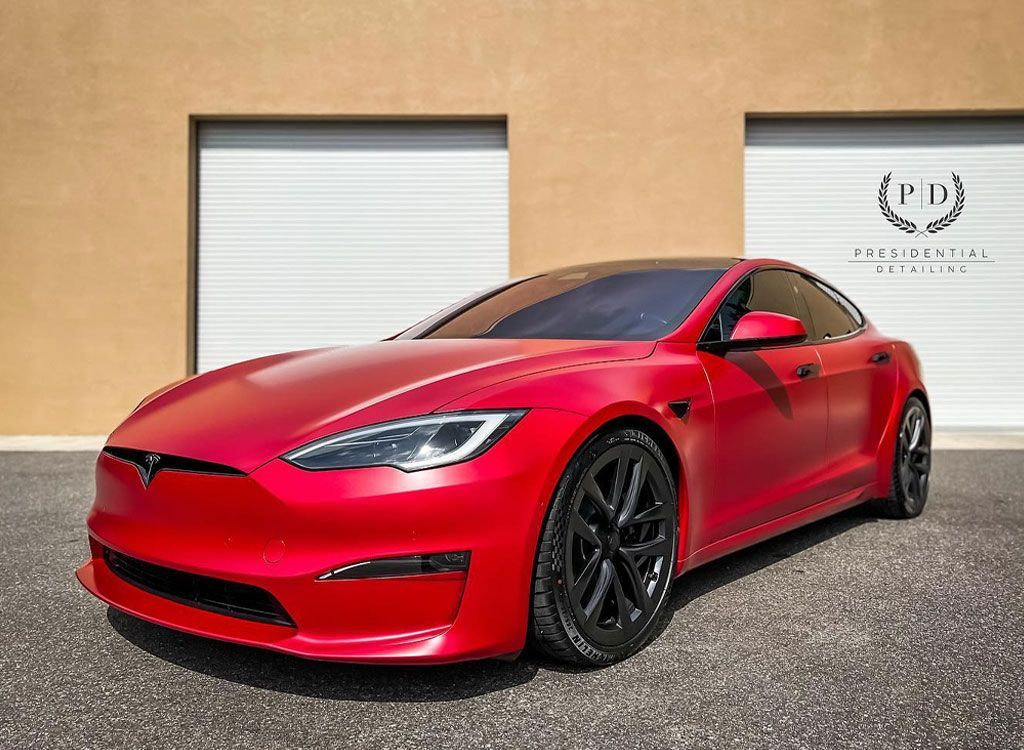PPF: The Best Option for Protecting High-Performance Cars
CALL (813) 723-9679
GET A FREE ESTIMATEWhen it comes to owning a high-performance car, few things are as thrilling as feeling the power of the engine beneath your foot. However, that excitement can quickly take a backseat when you think about the dangers lurking on the road. Every drive presents risks like rock chips, bug splatter, and other debris that can mar the beauty of your vehicle. If you've ever found yourself staring at a tiny scratch or chip on your prized possession, you know how heartbreaking it can be. Fortunately, there’s a smart solution that not only protects your investment but also keeps it looking sharp for years to come: paint protection film.
A paint protection film is regarded as the best option for high-performance cars because it provides superior protection against scratches, chips, and environmental contaminants while preserving the vehicle's aesthetic appeal. Additionally, many modern PPF products feature self-healing properties and UV protection, making them resilient to wear and tear, thus ensuring that your investment in a luxury sports car maintains its value and appearance over time.
Why High-Performance Cars Need Extra Protection
When you think about high-performance cars, it's hard not to imagine sleek lines, roaring engines, and the thrill of speed. However, with these exhilarating characteristics comes a downside: their vulnerability on the road. These incredible machines often feature lower ground clearance and wider tires, making them more exposed to potential hazards such as road debris, gravel, and even pesky bugs. At speeds that can reach 150 mph or more, even the minuscule particles can inflict serious damage, leading to unsightly chips and scratches.
In fact, data reveals that many high-performance car owners spend an average of $5,000 annually on bodywork repairs. This staggering figure highlights how crucial it is to consider not only the sheer power of these vehicles but also the importance of protecting their exteriors. Taking proactive measures can save owners from costly repairs down the line. With this understanding in mind, let's explore how paint protection film serves as an effective defense against such threats.
A paint protection film acts as an invisible shield that absorbs impacts and prevents paint damage from occurring. Unlike ceramic coatings, which primarily offer a hard surface finish resistant to stains, PPF is specifically designed to withstand physical damage. The film's thickness allows it to absorb forces that would otherwise directly affect the car's paint job. When applied properly, it can dramatically reduce the risk of paint damage, making it an essential investment for any high-performance vehicle owner.
Beyond impact resistance, a paint protection film comes equipped with UV inhibitors that help prevent fading over time due to harmful sunlight exposure. This means your dazzling red sports car will maintain its depth of color far longer than without protection. Additionally, many advanced films have self-healing properties; minor scratches can vanish under heat from sunlight or engine warmth—just imagine driving home after a long day and seeing those small blemishes simply disappear!
Given these benefits, investing in PPF may feel like a luxury at first glance; however, when considering their ability to preserve both aesthetics and value, it becomes clear they are indispensable for high-performance vehicles.
What is PPF?
A paint protection film, commonly known as PPF, is a remarkable solution that has gained popularity among car owners who are keen to preserve the pristine look and condition of their vehicles. This transparent and flexible material offers a layer of protection that can mean the difference between a stunning, flawless finish and a car riddled with scratches and chips from everyday driving. Essentially, it acts as armor, shielding your vehicle's surface from various kinds of damage.
The magic behind paint protection film lies in its construction; made from high-quality polyurethane, the film is not just durable but also incredibly effective at absorbing impacts. When you think about driving a high-performance car, consider all the threats it faces on the road—from tiny stones kicked up by tires to bugs splattering against the paint during a long drive. The film serves as a sacrificial layer, meaning it takes the brunt of these minor attacks, protecting your vehicle's original paint underneath. This clever mechanism helps maintain both the aesthetic appeal and the resale value of your car.
Benefits of Paint Protection Film
Protecting your high-performance vehicle goes beyond just a stylish appearance; it’s about maintaining its integrity and ensuring its longevity. A paint protection film offers a comprehensive approach to safeguarding your car from a range of potential hazards. Here are the key advantages that PPF provides to your vehicle.
- Comprehensive Protection: A high-quality paint protection film serves as an effective barrier against road debris, gravel, and environmental contaminants that can cause damage to your car’s paint. This protection ensures that your vehicle’s surface stays in pristine condition despite regular exposure to harsh conditions.
- UV Protection: A paint protection film blocks up to 99% of harmful UV rays, preventing premature paint fading and oxidation over time. This is especially important for high-performance cars, which are often subject to prolonged exposure to the sun. With PPF, your vehicle’s paint retains its vibrant color and finishes for longer, helping to preserve its visual appeal.
- Aesthetic Preservation: In addition to physical protection, a paint protection film also helps preserve your vehicle’s aesthetics. With this film, car owners no longer need to worry about chips, scratches, or other damage that can mar the look of their car. PPF ensures that your car remains as sleek and polished as the day it was purchased.
- Self-Healing Properties: One of the standout features of many advanced paint protection film solutions is their self-healing properties. Minor scratches or swirl marks vanish with exposure to heat, whether from sunlight or the warmth generated by your car's engine. This means that your vehicle’s surface can recover from everyday wear and tear without requiring extra maintenance.
Paint protection film offers an ideal blend of functionality and aesthetic preservation for high-performance vehicles. With its ability to protect against physical damage, UV rays, and aesthetic imperfections, PPF is an essential investment for maintaining the value and appearance of your car. Whether used alone or in conjunction with ceramic coatings, PPF is a powerful tool in preserving the integrity of your prized vehicle.
Durability and Longevity of PPF
Durability is a major selling point for any protective solution for high-performance vehicles. High-quality PPF products are engineered not only to withstand the elements but also to endure the day-to-day wear and tear that comes with regular driving When you invest in a paint protection film, you're not just buying a layer of protection; you're investing in peace of mind backed by longevity. Many premium offerings come with warranties ranging from 5 to 10 years, which proudly provides a ten-year warranty covering issues like yellowing, cracking, and peeling.
Long-Lasting Protection
The remarkable longevity of PPF stems from its robust construction, typically ranging from 6 to 8 mils thick. This thickness creates an effective barrier against impacts from road debris, stone chips, and environmental contaminants. According to industry standards, a high-quality paint protection film can absorb impacts from small debris at speeds up to 70 mph without significant damage. Compare this to traditional wax or sealants—typically lasting only 3 to 6 months—and you'll start to see why PPF is an investment worth considering.
Self-Healing Properties
An exciting feature of advanced paint protection films is their self-healing properties. This innovative characteristic means that minor scratches can disappear over time when exposed to heat. Picture this: after returning home from a long drive under the sun, you notice some fine scratches from brush contact in your driveway. Instead of stressing over it, simply park your car outside for a bit, allowing the warm sunlight (or even a heat gun) to activate that self-healing magic. This attribute not only helps maintain the aesthetic appeal but also reinforces the film’s protective qualities over time.
Given these exceptional features, selecting a paint protection film presents an opportunity not just for protection but for preserving your vehicle's value and appearance. Up next is an exploration of the best practices to ensure your protective film remains in top condition.
Maintenance of PPF
Maintaining a vehicle with paint protection film is easier than many car owners might think. PPF offers a simple yet effective way to keep your car looking pristine while reducing the time and effort spent on upkeep. Here’s a breakdown of the best practices for maintaining your PPF-coated vehicle.
- Easy Cleaning Process: A paint protection film is designed to make the cleaning process easy, requiring only soap and water for regular washes. There’s no need for complicated cleaning products or scrubbing tools, saving you time and effort. This simplicity can reduce regular maintenance time, allowing you to enjoy your car more and worry less about upkeep.
- Consistency in Washing: The key to maintaining your car with paint protection film is consistency. Washing your car every other week helps prevent dirt and grime buildup, which can lead to scratches. Always hand wash your car with a soft cloth or microfiber mitt, as automatic car washes with brushes may cause surface damage.
- Use of Specialized PPF Products: While soap and water work well for cleaning, specialized products can further enhance the paint protection film’s longevity and appearance. PPF-safe cleaners are designed to clean without damaging the film, maintaining its quality. These products often contain formulas that help preserve the film’s clarity and effectiveness.
In conclusion, maintaining your PPF-coated vehicle is a straightforward process that doesn’t require extensive time or effort. Regular cleaning, the use of appropriate products, and consistent care will keep your vehicle looking sharp and ensure that the PPF continues to protect it for years to come. By following these simple steps, you can preserve the appearance and performance of your high-performance car while minimizing maintenance time.
Comparing PPF with Other Protection Options
When it comes to protecting high-performance vehicles, a paint protection film sets itself apart from products like ceramic coatings and car covers. One compelling advantage of PPF is its robust impact resistance; it acts as a barrier against physical damage from road debris, stones, and even minor accidents that can mar a glossy finish. In contrast, while ceramic coatings excel at providing a hydrophobic surface that makes water bead off beautifully, they don't offer the same level of protection against impacts or scratches. This sharp contrast can determine whether a vehicle emerges from its daily battles without blemishes or suffers visible damage.
Ceramic Coatings
When exploring alternatives, let's start with ceramic coatings. These coatings have gained popularity for their sleek finish and ease of maintenance. They ensure that dirt and grime are less likely to stick to the surface, significantly reducing manual cleaning time. However, despite their shiny appearance under the sun, their physical impact protection is limited. For example, ceramic coatings provide excellent UV protection, but they don't absorb shock as well as paint protection film does. If you accidentally hit a curb or get dinged by another vehicle in the parking lot, you'll likely see those marks remain on a ceramic-coated surface. Additionally, PPF’s self-healing properties allow it to eliminate minor scratches over time, making it essential for performance cars subjected to more wear.
Car Covers
While car covers can provide a layer of security during periods of inactivity, such as overnight storage or long-term parking, they fall short in dynamic settings. Imagine driving through a rainstorm only to find your vehicle exposed without any layer of defense—this scenario underscores why car covers often don't make the cut for daily drivers. Many performance car enthusiasts express frustration with how cumbersome these covers can be. Thus, for everyday use, PPF offers unmatched convenience and robustness while on-the-go. The appeal of paint protection film lies in its versatility; it shields your vehicle during daily drives without requiring extra effort. With PPF applied, drivers can enjoy peace of mind knowing their car is shielded from both physical impacts and environmental elements without needing to fuss with removing or replacing covers regularly.
Each protection option has unique qualities and considerations, yet when assessing long-term benefits and immediate usability for high-performance vehicles, a paint protection film consistently emerges as the premier choice among discerning car owners. In summary, choosing PPF means investing in effective protection that aligns with the demands of high-performance driving. For car enthusiasts who prioritize aesthetics and durability, this option stands out as the clear winner.
Protect Your Car’s Finish with Presidential Expertise in Tampa, FL
Give your vehicle the royal treatment with Presidential Automotive Detailing's
premium paint protection film (PPF) services in Tampa, FL. Our
advanced PPF solutions shield your car against chips, scratches, and environmental damage, preserving its showroom shine for years to come. Trust our skilled technicians to deliver precision and durability with every installation, ensuring your investment stays protected and looks flawless. Contact us today to schedule your service and experience the difference of presidential-quality protection! Call us at (813) 723-9679 to get started!

